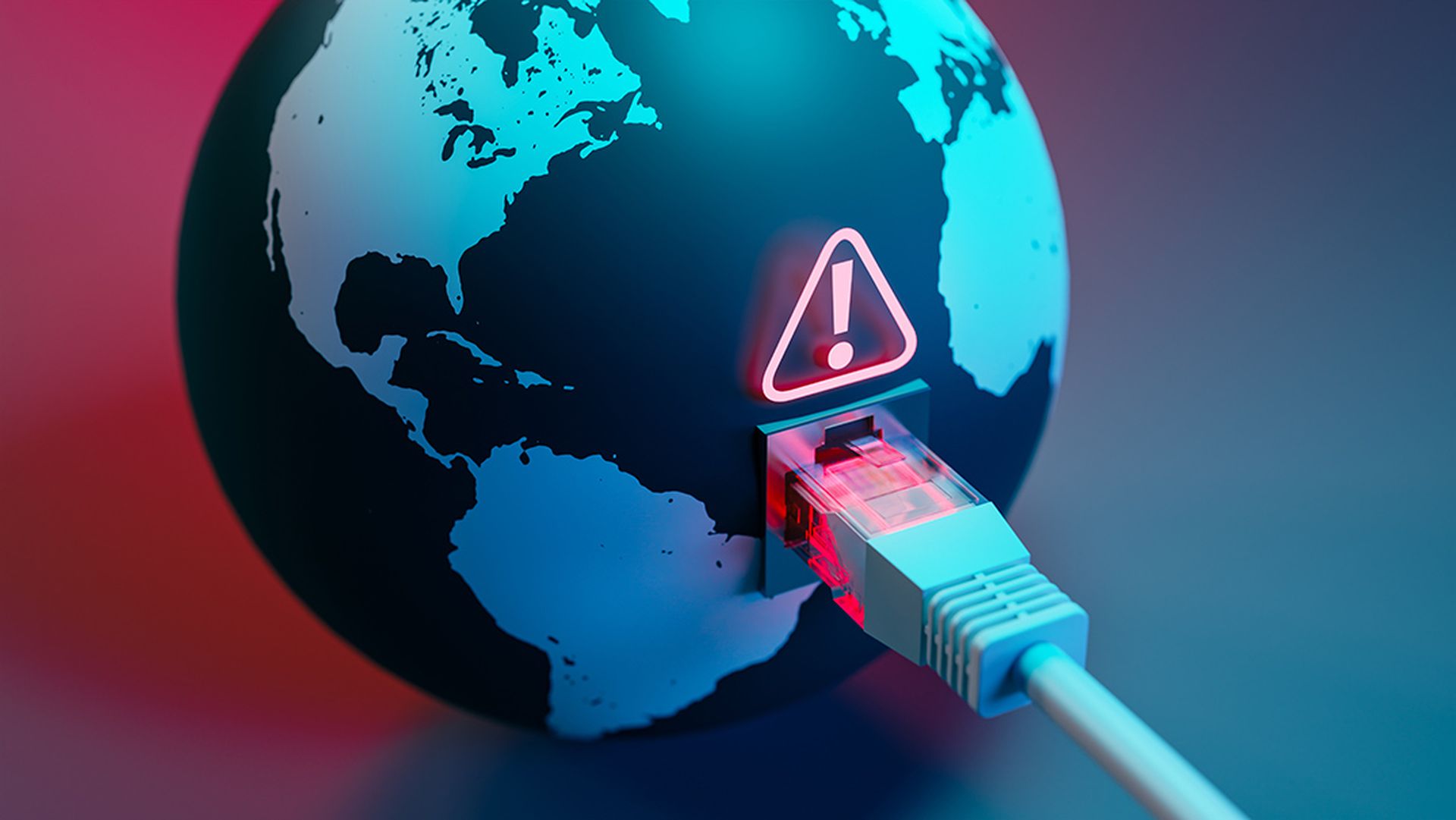
As a COO – like me – you’re responsible for the smooth and productive operation of your organisation.
It’s a difficult task. To make it even tougher, along comes a once-in-a-lifetime global crisis that brought entire economies to a grinding halt. In our globalised world, the shockwaves from these kinds of events affect the whole world almost instantly. Nothing is isolated, no one escapes.
It’s impossible to predict or prevent global events, these ‘unknown unknowns’, but it is possible to prepare for them and put your organisation in a far stronger position when the next global event takes place.
Time for a rethink
Covid-19 has underlined the need for rapid decision-making and immediate action. At both the governmental and organisational level, lightning-fast responses to what was and still is a highly dynamic situation have been make or break.
None of this will be a surprise to you. You already know that any organisation that fails to adapt to change won’t last very long.
Even as we emerge from lockdown, you need to be prepared for what comes next. Future disruptions are almost guaranteed. Your organisation and people must be in a constant state of readiness to Respond, Reset and Renew. Let’s dig deeper and find out exactly how to be prepared for what’s next.
How to Respond
In the context of Covid-19, this was the business continuity phase – the scramble to keep your organisation going. You’ve been there, done that and got the t-shirt. Your technology, staffing and day-to-day logistics were (and perhaps still are) on an emergency footing.
Everything else flows from this one- or two-week period of change and upheaval. For a superb set of tips for dealing with the business impact of lockdown, read Stephen Tong’s insights to make remote working work. Did you do all of these? Did you miss any?
Our response
For Avanade, we were well-placed to make the transition to home working. We all regularly work from home using the full suite of Microsoft technologies, from Microsoft 365 for email and office apps to Microsoft Teams for video calling and collaboration. It took Avanade just 5 days to make the move from an office-based workforce to 100% remote working.
This helped us respond to both our internal needs and the needs of our clients. Our clients saw almost zero interruption to the services they receive from us. Culturally, we made sure we kept team spirits high, encouraging virtual coffee breaks and making sure we used video calls over voice-only calls to help foster a sense of human contact. The little things are important.
How to Reset
The impact of the Covid crisis gives every organisation the opportunity to reset and rethink their infrastructure. You could migrate to a new scalable and flexible cost base to enable growth or move to a more flexible and adaptable way of working. It’s an opportunity to simplify your product portfolio and serve newly identified market demands.
Home working is the future
Home working will continue. Some sectors have had a pleasant surprise: traditionally office-bound (and security-conscious) industries like financial services and pharma have fallen in love with their new remote working capabilities. Likewise, businesses everywhere have realised that productivity doesn’t slacken when employees are at home.
How to Renew
Change, or renewing, means making decisions. Having a clear Workplace Experience (WX) strategy on which to base future decisions is vital in the new normal of the post-COVID world. With that in mind, here are my five steps to getting ready for whatever the future might throw at your organisation.
- Confirm your future business, workplace and employee experience blueprint and roadmap.
- Modernize, extend and fully exploit workplace technology to reduce costs, improve business agility, resilience and ROI.
- Reconfigure how work gets done in a hybrid remote environment to protect sales and lower the cost to serve, all while increasing customer centricity and agility.
- Adapt the workforce and sourcing configuration to align with new ways of working, talent requirements and cost base.
- Protect business resilience, productivity, culture meaningful technology adoption and behavioural change with workplace analytics.
You can find out more about each of these five steps with our in-depth guide on thriving in the new world of work.
Safely returning to work
Now lockdown has eased, we’re now thinking about the gradual return to office working. We’ll also have a policy in place to rotate teams and minimise the spread should an infection occur. Government guidance is now firmly in favour of wearing masks, and that means mask-wearing will be commonplace in offices up and down the country.
If you’re in the process of creating your own return to work guidelines, you should take a look at our new guide ‘Safely returning to work’. It’s a comprehensive look at the considerations we all need to make in a post-COVID world.
We shouldn’t expect things to return to normal, but we should look for the opportunities both within our organisations and in the broader market. For me, optimistic realism is the way forward. What’s your plan for getting back to BAU (business as usual)?
Author Paul Bowen is COO at Avanade. Read more from Avanade here.




